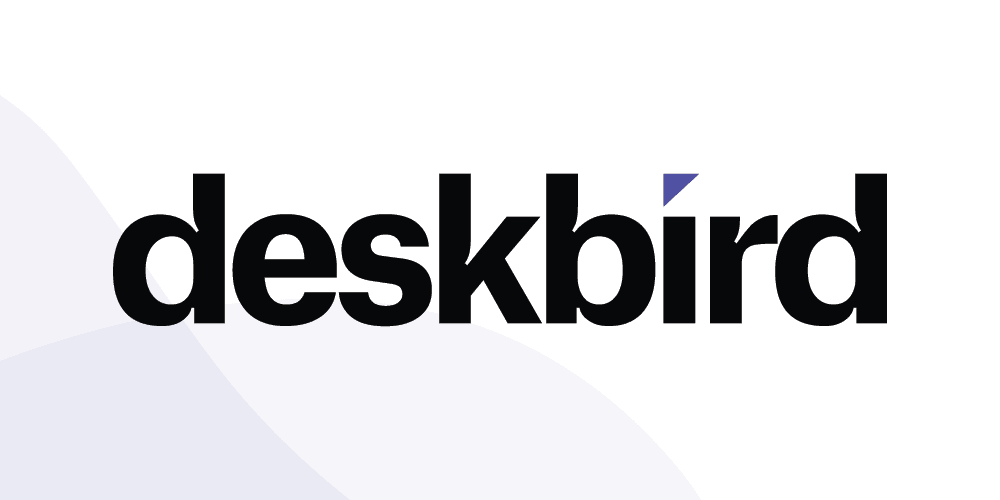How hot desking can support employee well-being

Hot desking, desk hoteling, flexible workspace are not recent phenomena. Indeed, many consulting companies have been practicing office organization without a dedicated desk for each employee since the 90s.However, the post-pandemic surge in hybrid working and, as a result, office space reductions have led to the rapid spread of hot desking among many organizations in France.
While only 16% of companies have already adopted flexible office arrangements before the pandemic, over 55% have planned to make the switch in 2021. Furthermore, 42% of firms have made real estate flexibility a priority in 2022, in particular large groups who see it as an opportunity to save money on their real estate expenses.
Among the HR community, the spread of hot desking has prompted questions about the wellbeing of employees without a fixed workspace.
Last month, we had a chance to speak with Alexandre Long, the co-founder of Agilea, to better understand the risks associated with flexible workspaces on the physical, mental and social health of employees, and how companies can take advantage of hot desking to improve the well-being of their teams.
Hubtobee : How does hot desking impact employee well-being?
Alexandre: The office organization where an employee doesn’t have an assigned workspace can have various negative effects on his or her well-being. We can categorize these effects into two large groups: psychosocial risks and musculoskeletal disorders.
The loss of bearings, ATAWAD (Any Time, AnyWhere, Any Device), is often the root cause of psychosocial risks.
Constant changes in everyday routine, casual work-from-home, lack of personal space in the office (no family photo at the corner of the table), loss of social ties between colleagues, flexible hours… These have resulted in the total destruction of the employee’s working framework established since kindergarten.
Hot desking can make employees feel isolated, frustrated, lost, and demotivated. The stress of feeling out of place, both literally and figuratively, leads to reduced efficiency and job satisfaction.
In the context where there is no possibility to book a desk in advance, employees dedicate their mornings to finding a workplace near a friend, a heater, or a coffee machine, trying to avoid desks that are too close to the bathrooms or a chatty coworker. For those arriving late, not being able to find a comfortable place to work results in a day-long frustration and a productivity drop.
Last but not least, hot desking combined with hybrid work often ends up in a 24-hour workday. Employees can easily lose the sense of borders between work and personal life by constantly staying connected and exposed to screens. This, in turn, leads to a burn-out.
Another issue that employees face in a flexible office environment is adjusting their workspace to their physical needs in order to avoid various musculoskeletal disorders, including back, shoulder, or wrist pain.
In the past, when each colleague had a dedicated desk, the adjustment of the chair and other office equipment was conducted only once, during the onboarding. Today, in the hot desking reality, such workstation adjustments have become a daily task.
Unfortunately, most of the employees don’t have enough skills, time, or motivation to properly arrange their workstations on the daily basis. However, such ignorance can often lead to serious musculoskeletal disorders in a shorter time than many imagine. I am not even going to mention the risks related to working from your bed or sofa on remote days…
Moreover, the common office equipment does not necessarily satisfy the specific health or physical needs of certain employees. Health issues, previously hidden behind a meticulously adopted individual desk, come out in the flexible office environment and can result in serious aggravation of existing musculoskeletal disorders or even have a negative impact on mental health and equity between employees.
Hubtobee: Considering all the risks, why do companies still want to switch to hot desking?
Alexandre: It is true that, despite various health risks, hot desking is still a highly attractive solution for many companies and their employees.
First of all, a lot of firms are drawn by its financial aspect. Organizations that practice hybrid work can reduce the number of desks by about 40% leading to huge real estate savings.
Secondly, hot desking brings more autonomy and freedom to the employees and allows them to meet more colleagues and, therefore, create more social links and new professional opportunities.
Finally, when implemented properly, hot desking can improve teams’ productivity and well-being.
Hubtobee: How exactly can hot desking support employee well-being?
Alexandre: Hot desking can support employee well-being only if coworkers leave the consumer role and start to act on the new office organization.
Let me explain what I mean.
Collaborators become actors of hot desking if they can choose and appropriate independently the means of work most suited to their profession, physique, and health requirements.
To give such power to the employees, managers have to provide them with easily adjustable work equipment and tools, as well as train them on their usage. Frequent workshops and training sessions have to become an essential part of the office budget.
However, training sessions alone are not sufficient to support employees in their daily hot desking arrangements. The follow-up of the workshops is a must.
This is a moment where various digital HR tools come in handy.
Thanks to a wide range of digital solutions, employees can now book the most appropriate desk in advance and forget the daily stress of finding a place next to their team.
Certain technologies also allow Work Environment Managers and HR to monitor the use of workstations and optimize office space to increase employee satisfaction.
Some tools allow companies to minimize the health risks in the hot desking environment. Based on artificial intelligence, such applications remind their users of good work practices (posture, work with a screen, breaks, etc.) and answer frequent questions about the use of equipment.
In addition, these applications can serve as communication tools, by carrying out an initial screening of requests related to the employees’ health, allowing those responsible for the work environment to prioritize them and react quickly to the most urgent issues.
To sum up, for hot desking to support employee well-being, it has to be well-thought-out and flexible for real (correspond well to all the needs of every employee). In addition, collaborators have to be trained on physical and mental risks at a workplace, know how to properly use the provided office equipment, and have access to digital tools for ongoing support.
About Agilea
Agilea is an innovative digital solution designed to help each employee manage the risks associated with their work environments, whether they are located on company premises or elsewhere (during business trips, missions at customers’ sites, WFH). Agilea, through its cross-functional approach, allows management to monitor psychosocial risks and MSDs (musculoskeletal disorders) of employees, ensuring their well-being, even in hybrid work.

Alexandre Long
Co-founder Agilea




